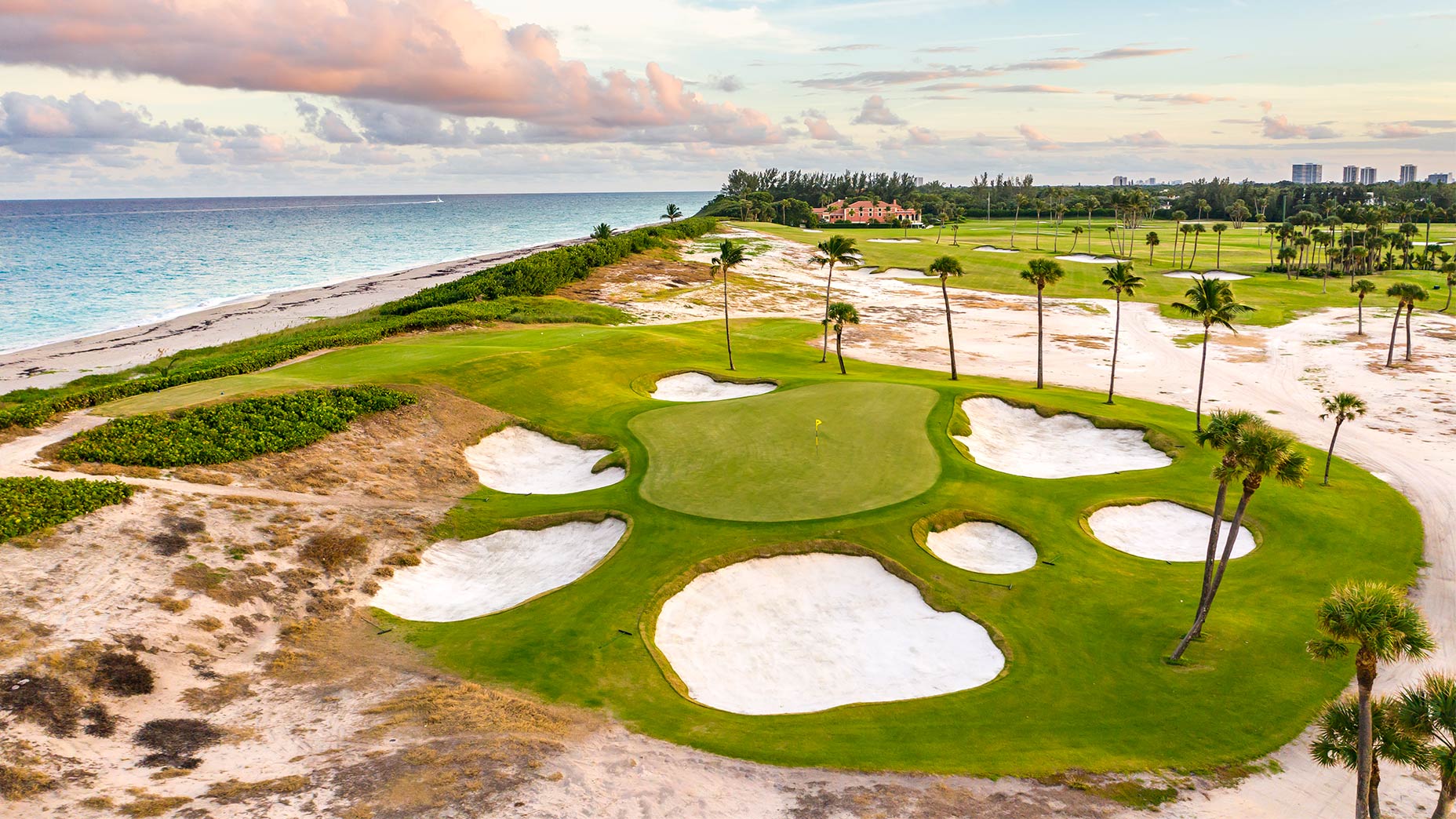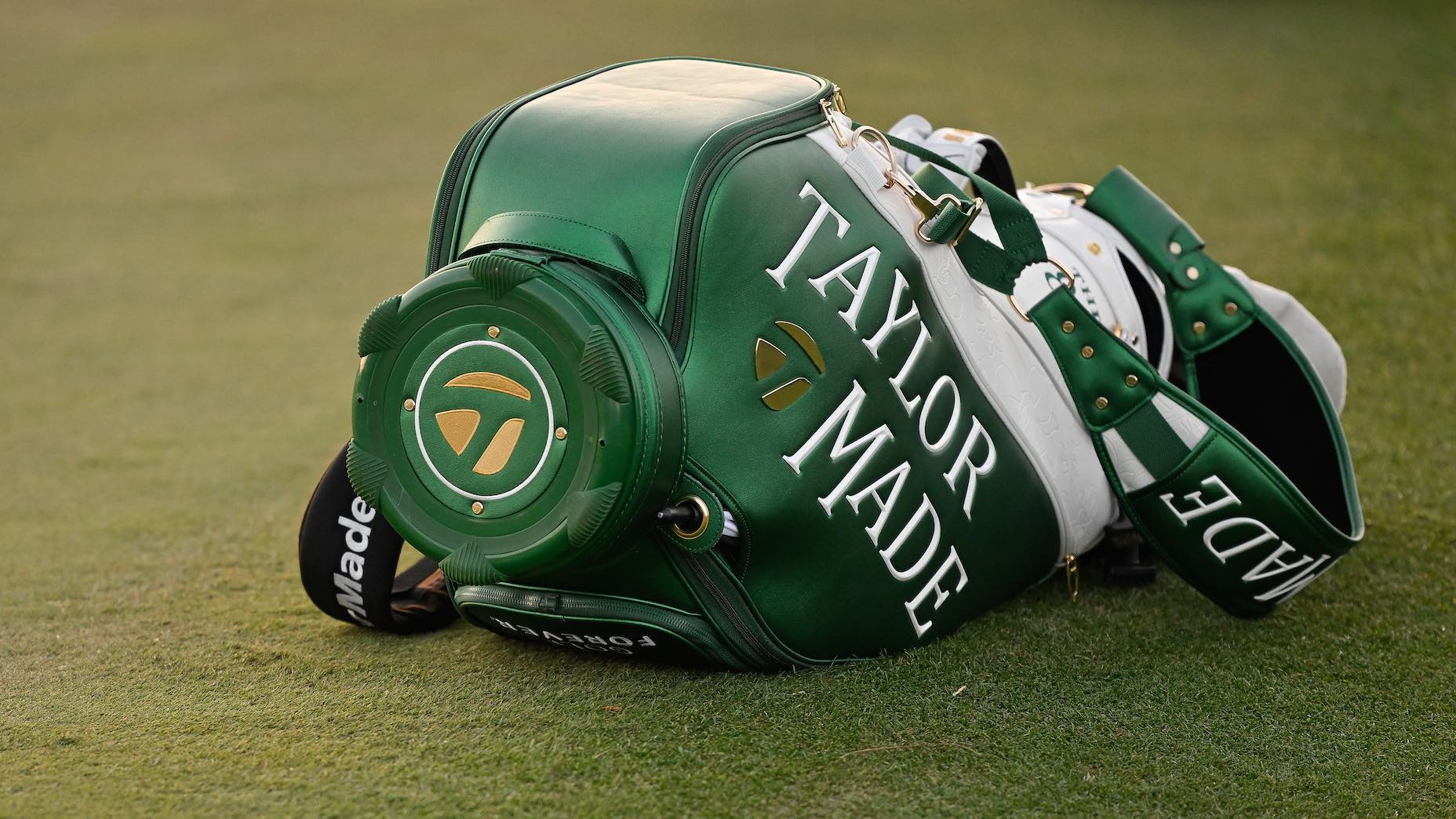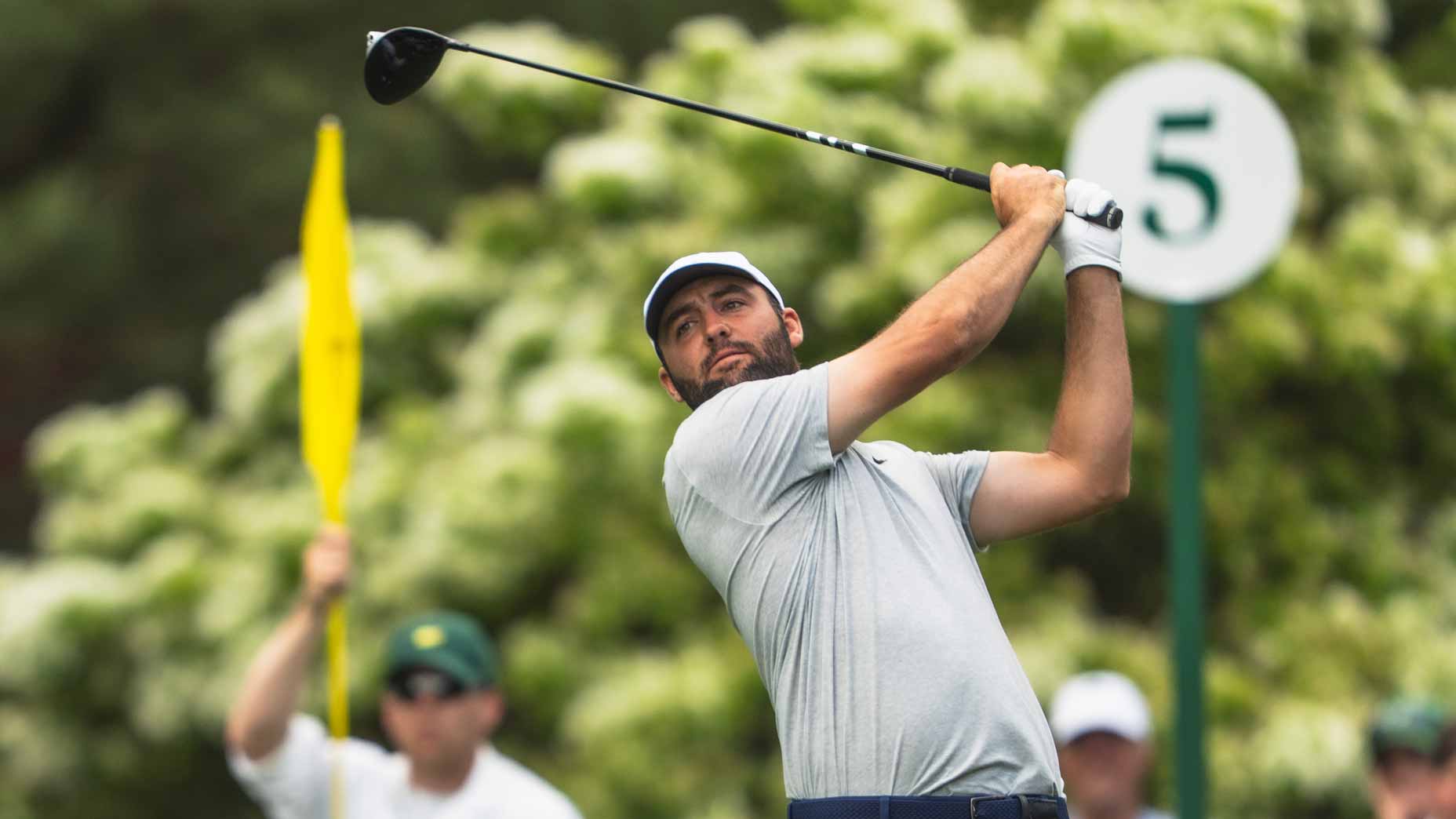GOLF’s Top 100 course panelists are among the most respected and well-traveled course evaluators in the game. They’re also keen to share their opinions. In Course Rater Confidential, we unlock their unvarnished views on all questions course-related. You can see GOLF’s latest Top 100 Courses in the World ranking here, and meet all of our Top 100 panelists here.
Seminole, host of Sunday’s TaylorMade Driving Relief, a charity skins match featuring Rory McIlroy and Dustin Johnson against Rickie Fowler and Matthew Wolff, is a Donald Ross design. In what ways is it typical of Ross’ style? In what ways does it represent a departure?
Al Jamieson (Panelist since 2013; has played 60 of the World Top 100): The bunkering and green complexes are pure Ross, albeit with modifications over the years. It has two north-south ridges separated by a low area that was swamp and presented a great challenge in 1929. Ross navigated that brilliantly. It is working your way along the ridges and across the low areas that reveals the brilliance of the design. I read that the Coore-Crenshaw firm “softened” a few greens to capture more hole locations, and that is reasonable since Ross designed his contours to suit 1920s agronomy and not the pool tables we putt on today.
Joe Andriole (Panelist since 2006; has played 100 of the World Top 100): The routing may be the greatest. Ross used the two ridges in spectacular fashion. They are essentially the only elevation change on the course and are incorporated into nearly every hole. The bunkering has changed dramatically over the years. Wilson’s repositioning of the 18th hole to enlarge the driving range is a rare positive change on a Ross design.
Ran Morrissett (Panelist since 1994; has played 97 of the World Top 100): That’s a leading question as I don’t think Ross’ style can be easily stereotyped! Having said that, it is a second-shot course and you have to position your approach below the hole. Typically, there is a preferred side of the wide fairway from which to approach the day’s hole location. Total chess match.

Steve Lapper (Panelist since 2009, has played 84 of the World Top 100): Although Dick Wilson changed some of the shapes and forms of a good deal of Ross’ original bunkering, their placement — i.e. staccato along the risk-side of a line-of-charm (hole 6) — and the classic crowning of the green edges throughout are both distinctive Ross features. Much of this was absorbed during Ross’ time at Dornoch and can be seen at Pinehurst No. 2 or a Mountain Ridge. I agree with Joe on the changes to the sublime 18th. It’s much improved.
Steve McHugh (Panelist since 2009, has played 71 of the World Top 100): I have very little to add to the above comments. I agree with them, although I find the green complexes less “Ross” than other Ross courses with less runoffs and less crowning. When they are firm and fast with the wind, you really need to be in the right position for your second shot and for the first putt — or you may have a third putt.
Any standout holes viewers at home should look for? In particular, any holes that lend themselves especially well to this skins format?
Andriole: I’ll start with the par-4 6th, a hole that Ben Hogan singled out. It’s well-bunkered on the left, with out-of-bounds right off the tee. The green is exceptionally well-defended by bunkers and tilts back to front. Hogan appreciated the challenge of having to shape both the drive and the approach. The 17th is another. A par-3 that often plays into a cross-wind, making the thinnish green especially difficult to hit and hold. It’s a great examination of your iron play.
Morrissett: The 4th hole is one of the world’s great two-shot holes that no one talks about. Same for 16. A slew of great par-4s define the course and both par-3s on the back (13 and 17) are world-class. The par-5s will produce the fireworks with eagle possibilities from those elite players. The fact that two of them (14 and 15) are back-to-back will likely shape the outcome of the match.
Lapper: Ran’s take is spot-on. The 4th is a true sleeper with the most interesting green. The 6th is an elegant and marvelous example of wonderful golf architecture. The stretch of 14 through 17 is as good a finish as you can find anywhere — risk/reward aplenty. Eagles and birdies will be flying, but depending on the wind and its direction, this stretch also has some teeth. Raw length is secondary to perfect placement.
McHugh: I am with Ran on No. 4. Into the wind, it is all the golf you want, and then you need to putt. No. 6 is one of the best strategic golf holes anywhere. The 9th will allow some eagles, and 14 to 17 will be wonderful to see, as discussed above. Just great strategic golf.












